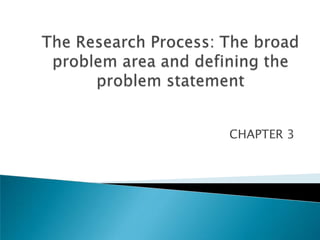The document discusses various types of research including exploratory research, descriptive research, diagnostic research, hypothesis-testing research, and applied research. It also covers research methods such as qualitative research, quantitative research, experimental research, and survey research. The overall purpose of research is to gain knowledge and reduce uncertainty for making effective business decisions.





































































